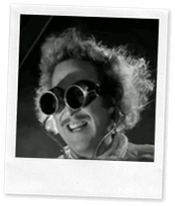 Strict Care, Strict Joy
Strict Care, Strict Joy
by James Stephens
To-day i felt as poor O'Brien did
When, turning from all else that was not his,
He took himself to that which was his own
— He took him to his verse — for other all he had not,
And (tho' man will crave and seek)
Another all than this he did not need
So, pen in hand he tried to tell the whole tale of his woe
In rhyming; lodge the full weight of his grief in versing: and so did:
Then — when his poem had been conned and cared,
And all put in that should not be left out — did he not find and with astonishment,
That grief had been translated, or was come
Other and better than it first looked to be:
And that this happened, because all things transfer
From what they seem to what they truly are
When they are innocently brooded on
— And, so, The poet makes grief beautiful.
"Behold me now, with my back to the wall,
Playing music to empty pockets!"
So, Raferty, tuning a blind mans plight,
Could sing the cark of misery away:
And know, in blindness and in poverty,
That woe was not of him, nor kind to him.
And Egan Rahilly begins a verse —
"My heart is broken, and my mind is sad ..."
'Twas surely true when he began his song,
And was less true when he had finished it:
— Be sure, his heart was buoyant, and his grief
Drummed and trumpeted as grief was sung!
For, as he meditated misery
And cared it into song — Strict Care, Strict Joy!
Caring for grief he cared his grief away:
And those sad songs, tho' woe be all the theme,
Do not make us grieve who read them now —
Because the poet makes grief beautiful.
And I, myself, conning a lonely heart
— Full lonely 'twas, and 'tis as lonely now
Turned me, by proper, to my natural,
And, now too long her vagrant, wooed my muse:
Then to her — let us look more close to these,
And, seeing, know; and, knowing, be at ease.
Seeing the sky o'ercast, and that the rain had
Plashed the window, and would plash again:
Seeing the summer lost, and the winter nigh:
Seeing inapt, and sad, and fallen from good:
Seeing how will was weak, and wish o'erbearing:
Seeing inconstant, seeing timidity:
Seeing too small, too poor in this and yon:
Seeing life, daily, grow more difficult:
Seeing all that moves away — moving away
... And that all seeing is a blind-mans treat,
And that all getting is a beggars dole,
And that all having is bankruptcy ...
All these, sad all! I told to my good friend,
Told Raferty, O'Brien, Rahilly,
Told rain, and frosted blossom, and the summer gone,
Told poets dead, and captains dead, and kings!
— And we cared naught that these were mournful things,
For, caring them, we made them beautiful.
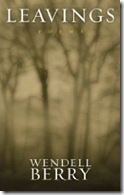 Sabbaths 2005
Sabbaths 2005 
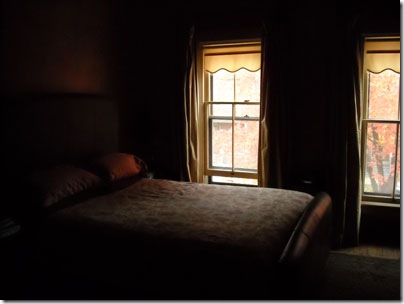
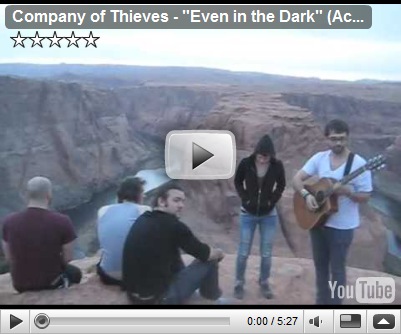

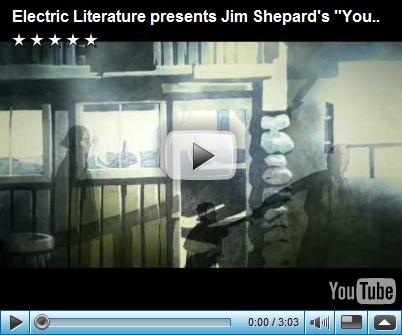
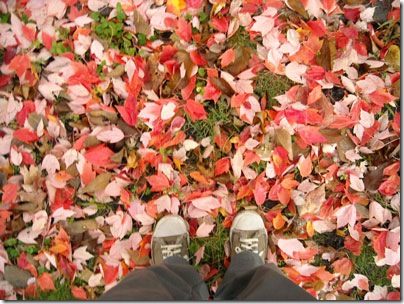 Let me dream while I’m wide-awake
Let me dream while I’m wide-awake 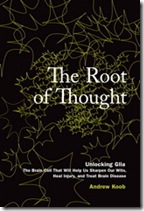 Until the last 20 years, brain scientists believed neurons communicated to each other, represented our thoughts, and that glia were kind of like stucco and mortar holding the house together. They were considered simple insulators for neuron communication. There are a few types of
Until the last 20 years, brain scientists believed neurons communicated to each other, represented our thoughts, and that glia were kind of like stucco and mortar holding the house together. They were considered simple insulators for neuron communication. There are a few types of 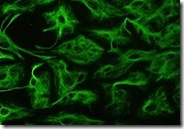 Scientists at Yale, most notably
Scientists at Yale, most notably 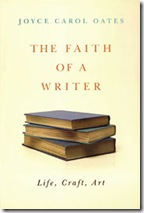 Stories come to us as wraiths requiring precise embodiments. Running seems to allow me, ideally, an expanded consciousness in which I can envision what I'm writing as a film or a dream. I rarely invent at the typewriter but recall what I've experienced. I don't use a word processor but write in longhand, at considerable length. (Again, I know: writers are crazy.)
Stories come to us as wraiths requiring precise embodiments. Running seems to allow me, ideally, an expanded consciousness in which I can envision what I'm writing as a film or a dream. I rarely invent at the typewriter but recall what I've experienced. I don't use a word processor but write in longhand, at considerable length. (Again, I know: writers are crazy.) 
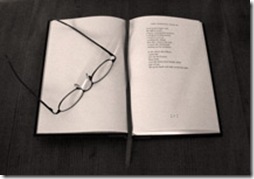

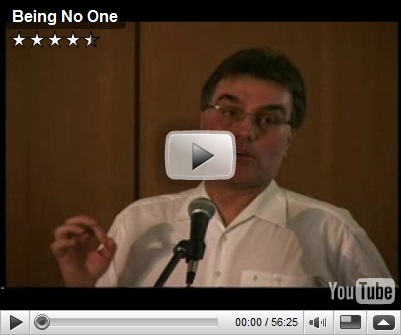
 Anything that we think about the world is really coming from the mind. It is not coming from reality itself. All of the likes and dislikes that we have of the world are really mental projections onto the world. They are not coming from the world. And so when you begin to see that, then you begin to decipher how the mind is distorting reality on a constant momentary level...
Anything that we think about the world is really coming from the mind. It is not coming from reality itself. All of the likes and dislikes that we have of the world are really mental projections onto the world. They are not coming from the world. And so when you begin to see that, then you begin to decipher how the mind is distorting reality on a constant momentary level... 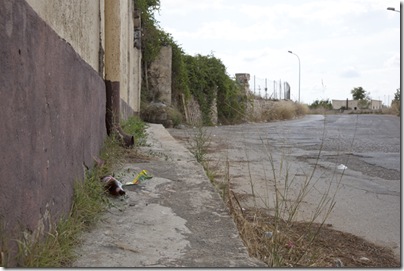

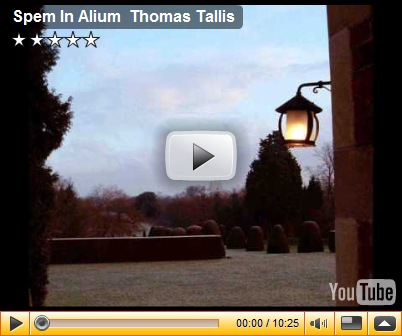
 Strict Care, Strict Joy
Strict Care, Strict Joy 

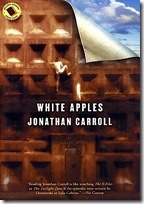

 Gradually, the more we study the traces in the Zendo cloud chamber, the more we will be able to discern patterns of expectation, patterns we call our core beliefs.
Gradually, the more we study the traces in the Zendo cloud chamber, the more we will be able to discern patterns of expectation, patterns we call our core beliefs. 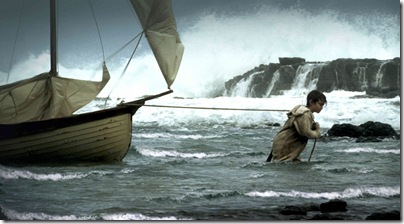
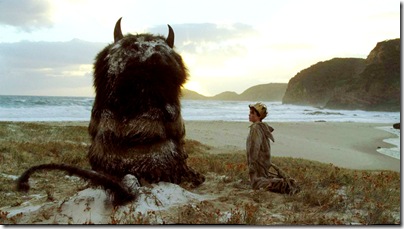
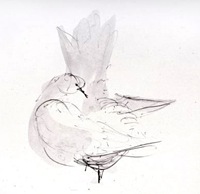

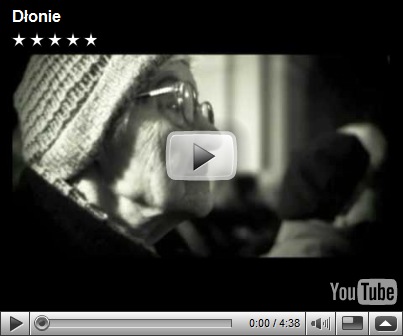

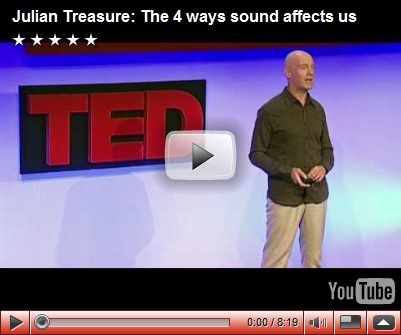
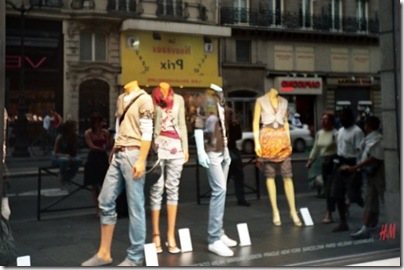

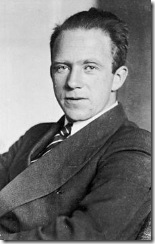

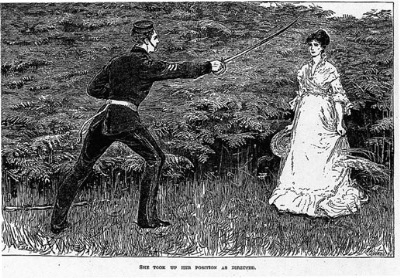

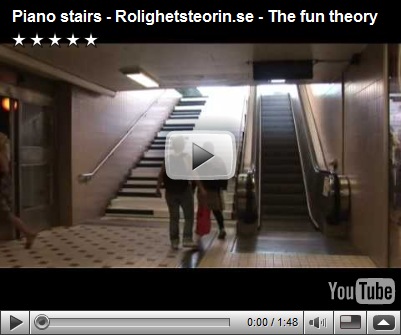
 "Although the conclusion may appear at first startling, it will be difficult to deny the probability, that every particle of earth forming the bed from which the turf in old pasture land springs, has passed through the intestines of
"Although the conclusion may appear at first startling, it will be difficult to deny the probability, that every particle of earth forming the bed from which the turf in old pasture land springs, has passed through the intestines of 
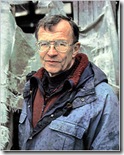
 "We now know enough to know that we will never know everything. This is why we need art: it teaches us to live with mystery. Only the artist can explore the ineffable without offering us an answer, for sometimes there is no answer. John Keats called this romantic impulse '
"We now know enough to know that we will never know everything. This is why we need art: it teaches us to live with mystery. Only the artist can explore the ineffable without offering us an answer, for sometimes there is no answer. John Keats called this romantic impulse '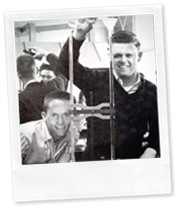 “Life consists in penetrating the unknown, and fashioning our actions in accord with the new knowledge thus acquired.”
“Life consists in penetrating the unknown, and fashioning our actions in accord with the new knowledge thus acquired.”